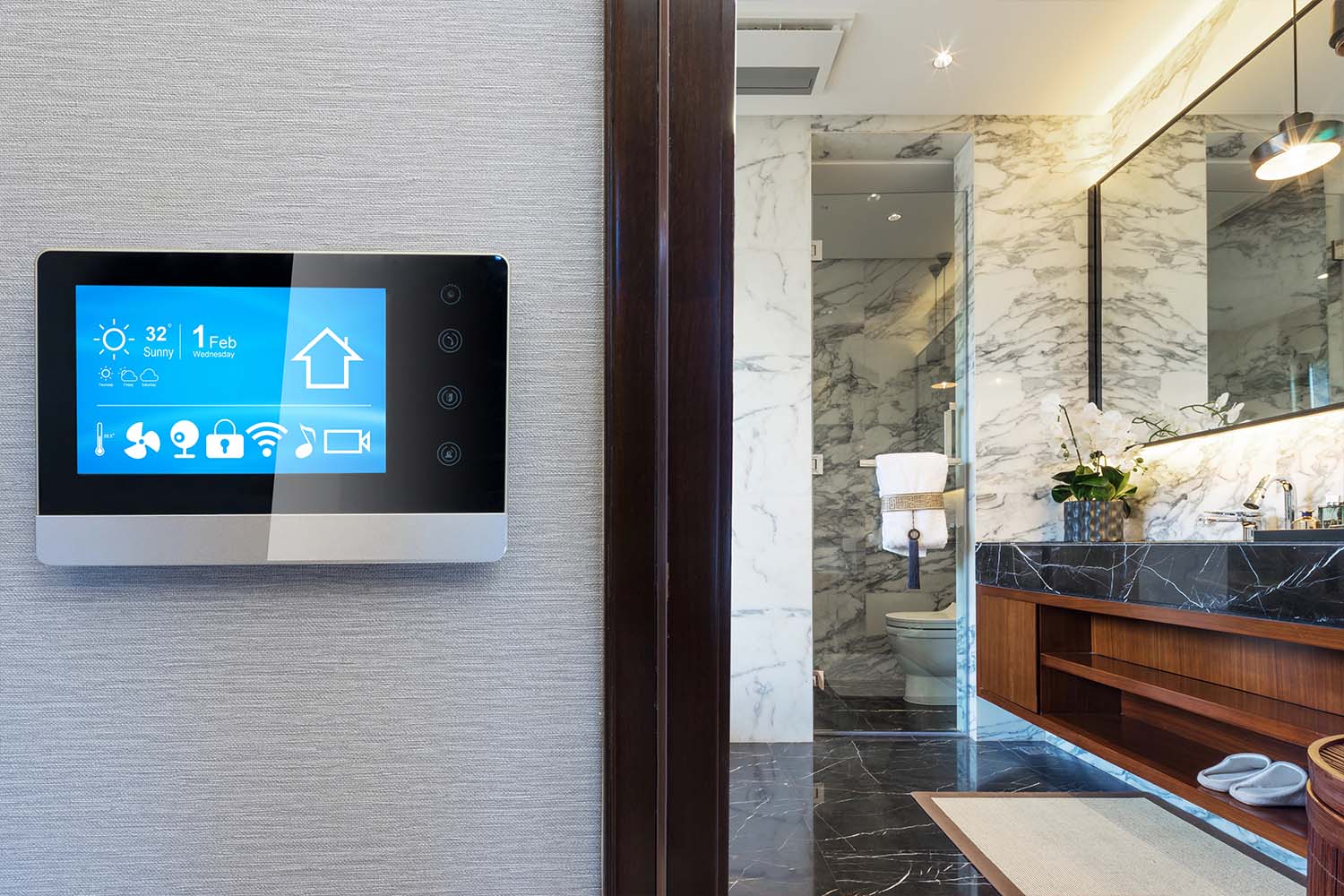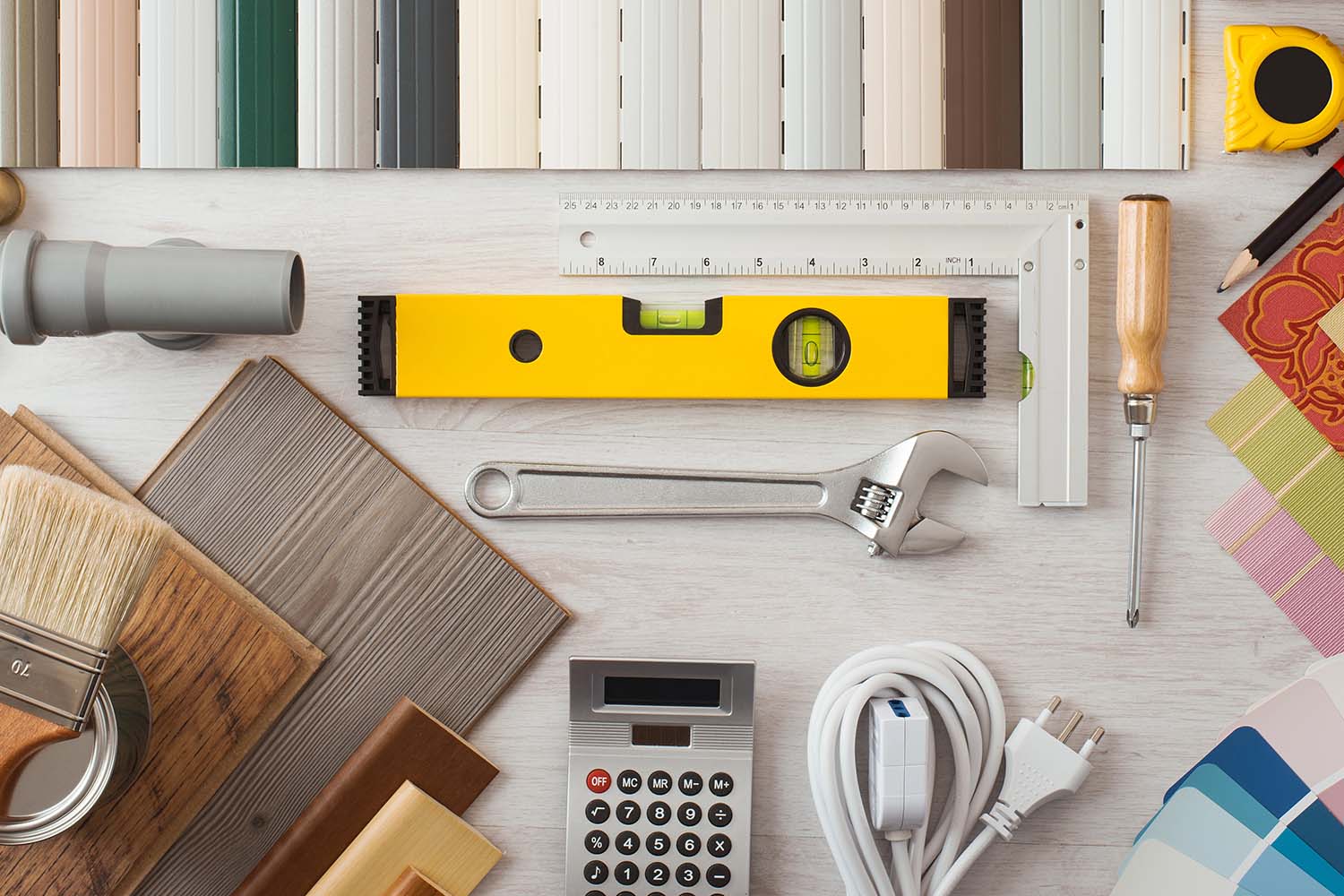As the days get shorter and cooler, it’s the perfect time to bring a little…
Smart Home Technology for Beginners: What You Need to Know

The idea of making your home a “smart home” may seem overwhelming at first. But today’s easy-to-use technology makes it simpler than ever to begin. If you want to save energy, add convenience, or improve your home’s security, smart home devices are great. You don’t need to be a tech expert to use them.
In this guide, we will show you the basics of smart home technology. We will introduce some simple devices. We will explain how these devices can make your life easier. They can also make your home more efficient.
What is Smart Home Technology?
Let’s start with the basics. Smart home technology includes devices that connect to your home’s Wi-Fi or Bluetooth. You can control these devices remotely. You can use an app on your phone or voice commands.
These devices are beautiful because they can talk to each other. This means you can control many devices from one app or platform.
You can do many things with your home while you’re away. For example, you can change the temperature when you’re at work. You can also turn off the lights using your phone while you relax on the couch.
Essential Smart Devices for Beginners
If you are new to smart home technology, start with a few simple devices. These devices are easy to use and provide convenience and energy savings. Here are some great options to begin with:
1. Smart Thermostats
A smart thermostat, like the popular Nest or Ecobee, is one of the best first steps into smart home technology. These devices allow you to control your home’s temperature from an app. You can set schedules and they learn your temperature preferences over time.
They can help lower energy use by adjusting the temperature when you’re not home. This leads to lower heating and cooling bills. That’s a big win for your wallet and the environment.
2. Smart Lighting
Imagine controlling your lights with just your voice or phone. That’s exactly what you can do with smart lighting systems like Philips Hue or LIFX.
These bulbs allow you to dim the lights, change colours, and schedule when they turn on and off. You can even program them to slowly brighten in the morning as a gentle wake-up call or dim as bedtime approaches. Bonus: You’ll save energy by only having the lights on when you need them.
3. Smart Plugs and Power Strips
Want to turn everyday appliances like your coffee maker or TV into “smart” devices? With smart plugs or smart power strips, you can! These simple devices let you remotely control anything plugged into them. You can set schedules (hello, pre-scheduled morning coffee) or turn them off when not in use to save energy.
4. Smart Security Systems
Security is a big draw for many new smart home users, and for good reason. Devices like smart doorbells (such as Ring) and home security cameras let you monitor your home from anywhere, right from your phone. Get notified when someone is at your front door, speak to visitors remotely, or keep an eye on your property while you’re away. Peace of mind, made simple.
How Smart Home Technology Can Save Energy
One of the greatest benefits of smart home technology is the potential for energy savings. Here’s how some of these devices can help you cut down on energy use:
- Smart Thermostats: Automatically adjust your home’s temperature based on whether you’re home or away, reducing unnecessary heating or cooling.
- Smart Lighting: Set your lights to turn off when you leave a room, or dim them to save energy while still keeping your space cozy.
- Smart Plugs: Use smart plugs to monitor energy consumption for specific devices and turn them off remotely if they’re not being used.
These energy-saving habits help lower your carbon footprint. They can also lead to noticeable savings on your monthly bills.
Integration with Smart Assistants
One of the best things about smart home devices is that you can control them with voice assistants. These include Amazon Alexa, Google Assistant, and Apple’s Siri. This means you can give simple voice commands to control your devices without even needing to pick up your phone.
Picture this: You walk into your living room and say, “Alexa, turn on the lights,” or “Hey Google, set the thermostat to 21 degrees.” It’s that easy. Developers design smart devices to integrate seamlessly with these platforms, making the whole system even more accessible.
Tips for Setting Up Your First Smart Home
Getting started with smart home technology doesn’t have to be complicated. Here are a few tips to help you ease into the process:
1. Start Small
You don’t need to turn your entire home into a smart home overnight. Start with one or two devices, like a smart thermostat and a few smart lights, and get comfortable with how they work. Once you’re familiar with them, you can gradually add more devices over time.
2. Choose a Platform
To keep things simple, pick a smart home platform (like Amazon Alexa, Google Home, or Apple HomeKit) that suits your needs. This will ensure all your devices can work together smoothly through one app.
3. Invest in Strong Wi-Fi
Since your smart devices will be connected to your home’s Wi-Fi, make sure you have a strong and reliable internet connection. If your Wi-Fi struggles to reach certain areas of your home, consider using a mesh Wi-Fi system to improve coverage.
Common Concerns and Misconceptions
If you’re still feeling hesitant about diving into smart home technology, you’re not alone. Here are some common concerns and how to address them:
1. Privacy and Security
Many people worry about the privacy and security of smart devices. To keep your smart home safe, always use strong passwords, enable two-factor authentication, and make sure your devices are regularly updated with the latest software.
2. Cost
While smart home devices often have an upfront cost, think of them as an investment. Over time, the energy savings from devices like smart thermostats and lights can actually help offset the initial expense.
3. Complexity
Afraid of dealing with complicated setups? Don’t be! Most smart home devices are designed to be user-friendly, and offer plenty of support, including step-by-step guides and videos that walk you through the setup process.
Future-Proofing Your Smart Home
As smart home technology continues to evolve, you’ll want to make sure your system stays up-to-date. When choosing devices, look for those that allow for firmware updates, ensuring they’ll stay compatible with new technologies. Choosing devices that work with different platforms, like Alexa, Google, and Apple, can help you future-proof your smart home.
Conclusion: Making Life Easier and More Efficient with Smart Home Tech
Smart home technology is all about making life easier and more efficient. Smart thermostats help save energy, while smart cameras improve your home’s security. These devices have many benefits and are easy to use, even for beginners.
Begin with a few simple devices. Try them out, and you will soon enjoy the ease and comfort of smart home technology. Ready to dive in? There’s no better time to make your home a little smarter.

